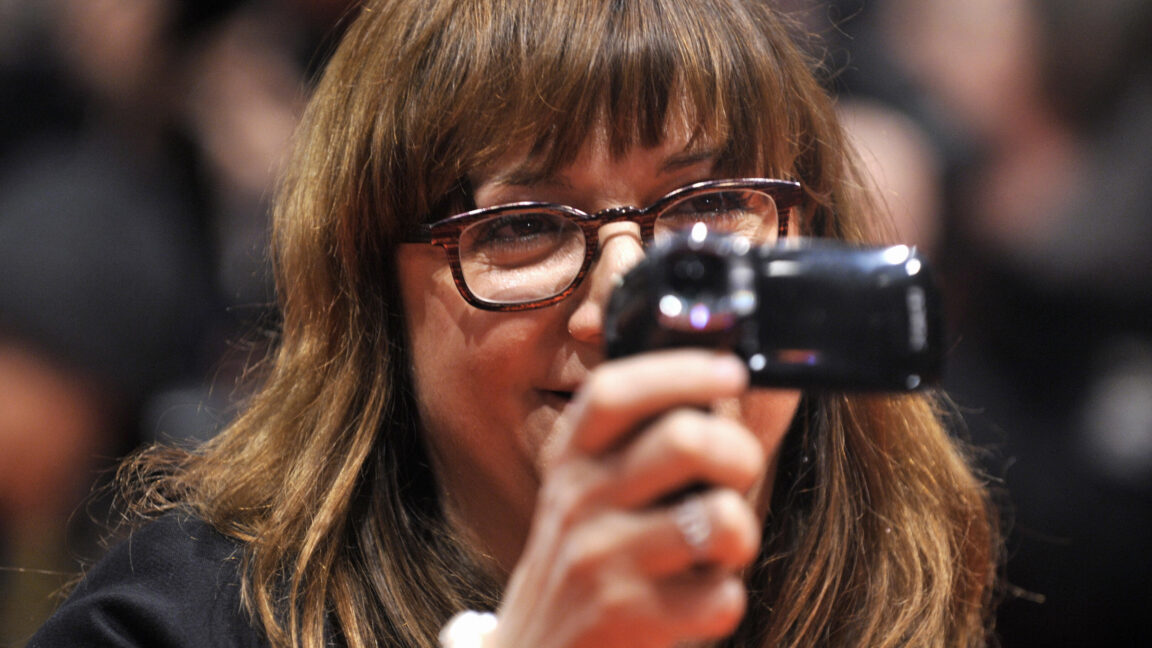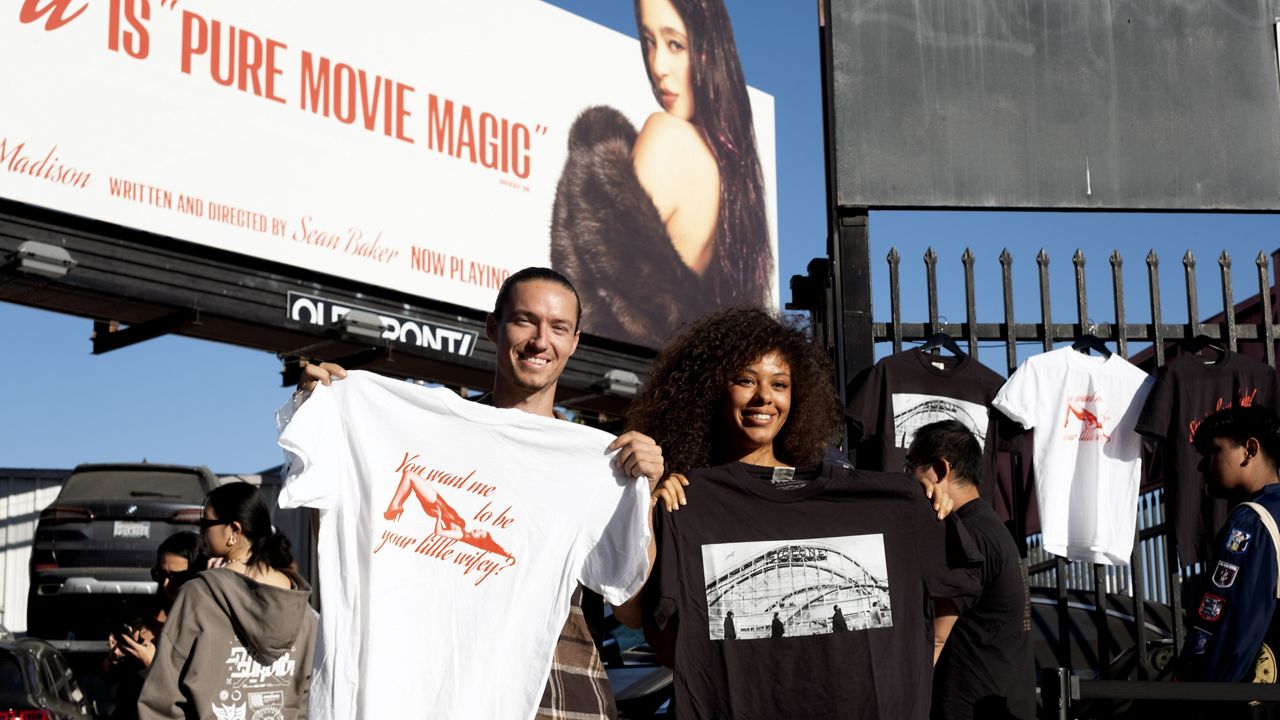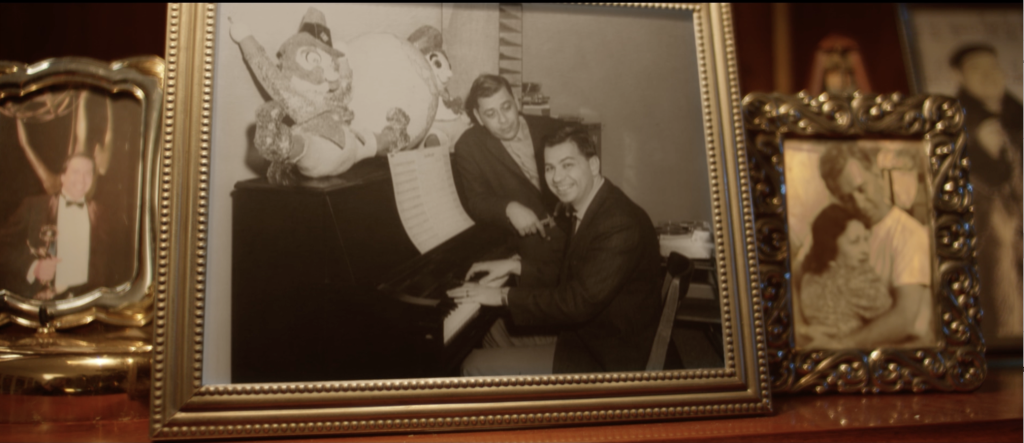Tech
Vintage digicams aren’t just a fad. They’re an artistic statement.

Today’s young adults grew up in a time when their childhoods were documented with smartphone cameras instead of dedicated digital or film cameras. It’s not surprising that, perhaps as a reaction to the ubiquity of the phone, some young creative photographers are leaving their handsets in their pockets in favor of compact point-and-shoot digital cameras—the very type that camera manufacturers are actively discontinuing.
Much of the buzz among this creative class has centered around premium, chic models like the Fujifilm X100 and Ricoh GR, or for the self-anointed “digicam girlies” on TikTok, zoom point-and-shoots like the Canon PowerShot G7 and Sony RX100 models, which can be great for selfies.
But other shutterbugs are reaching back into the past 20 years or more to add a vintage “Y2K aesthetic” to their work. The MySpace look is strong with a lot of photographers shooting with authentic early-2000s “digicams,” aiming their cameras—flashes a-blazing—at their friends and capturing washed-out, low-resolution, grainy photos that look a whole lot like 2003.
“It’s so wild to me cause I’m an elder millennial,” says Ali O’Keefe, who runs the photography channel Two Months One Camera on YouTube. “My childhood is captured on film … but for [young people], theirs were probably all captured on, like, Canon SD1000s,” she says, referencing a popular mid-aughts point-and-shoot.
It’s not just the retro sensibility they’re after, but also a bit of cool cred. Everyone from Ayo Edibiri to Kendall Jenner is helping fuel digicam fever by publicly taking snaps with a vintage pocket camera.
The rise of the vintage digicam marks at least the second major nostalgia boom in the photography space. More than 15 years ago, a film resurgence brought thousands of cameras from the 1970s and ’80s out of closets and into handbags and backpacks. Companies like Impossible Project and Film Ferrania started up production of Polaroid-compatible and 35-mm film, respectively, firing up manufacturing equipment that otherwise would have been headed to the scrap heap. Traditional film companies like Kodak and Ilford have seen sales skyrocket. Unfortunately, the price of film stock also increased significantly, with film processing also getting more costly. (Getting a roll developed and digitally scanned now typically costs between $15 and $20.)








